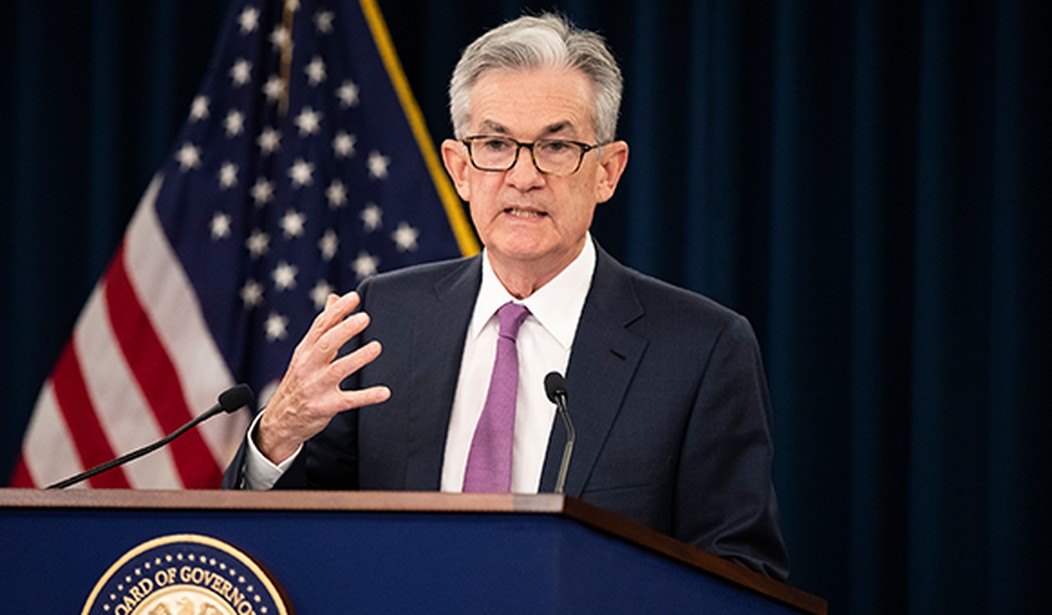The Federal Reserve has been purchasing about $120 billion in equities every month since the pandemic began, hoping to shore up the economy. After a two-day policy meeting, Fed chair Jerome Powell emerged to announce that the central bank would ease back by about $15 billion a month in purchasing stocks.
The move was long anticipated and led to record-high closings of the Dow Jones and S&P 500. But several issues are still clouding the economy’s future including persistent inflation, supply chain bottlenecks, and a disconnect between unfilled jobs and unemployed workers.
None of those problems will ease anytime soon. And it raises the question of why the Fed would choose now to ease their stock-buying program.
That decision reflected optimism within the Fed that the economy is on the right track. But tremendous uncertainty still hangs over the economy, especially when it comes to how long prices will keep rising faster than wages, a phenomenon many Washington policy makers did not expect to last so long. Following the Fed’s policy meeting, officials released a statement saying that the mismatch of supply and demand, plus the reopening of the economy, has contributed to high prices.
Powell said he didn’t expect that inflation will have a permanent imprint on the economy, and added that the central bank will use its tools “to make sure that doesn’t become a permanent feature of life,” especially for households most sensitive to higher prices for groceries, rent, gas and more.
When even the high priests of finance at the Fed are dealing with unexpectedly persistent inflation, should we be worried?
What’s worrisome is that all the Fed’s predictions about price increases easing over the summer have been wrong. Powell and the Fed governors will be under enormous political pressure to keep interest rates low — at least through the 2022 midterm elections. Will that be possible if prices keep rising?
Wednesday’s policy announcement was no surprise: Powell and other Fed leaders have sent strong signals for months that the taper would probably begin in November, if the economy progressed as expected. The Fed noted that it could adjust the pacing of the taper depending on “changes in the economic outlook.” Yet Powell declined to offer more details on what would cause the Fed to speed up or slow down the process.
Sen. Pat Toomey (R-Penn.) said in a statement, “Today’s decision by the Fed to begin tapering is welcome but long overdue.” He said the Fed’s monetary policy was “overly accommodative” and it risked leaving [the Fed] behind the curve if inflation persisted.”
Related: The Biden White House Will Pay for Playing Inflation Games
Indeed, the longer the Fed waits to battle inflation, the harder it will be to suppress. Just ask Jimmy Carter. It wasn’t until Paul Volker became Federal Reserve Chairman in 1979 that the Fed got serious about dealing with double-digit inflation. Volker jacked up interest rates to unbearable levels — 20 percent in June 1981. To his credit, Reagan, who might have jawboned Volker into pulling back, gave him free rein to wring inflation out of the economy. It worked. But at the cost of millions of jobs lost and lives ruined.
Jerome Powell’s term as Fed chairman expires in February of next year. Biden will either have to name a replacement or keep him where he is.
What do you think Powell’s chances of being reappointed would be if he began to raise interest rates?










Join the conversation as a VIP Member